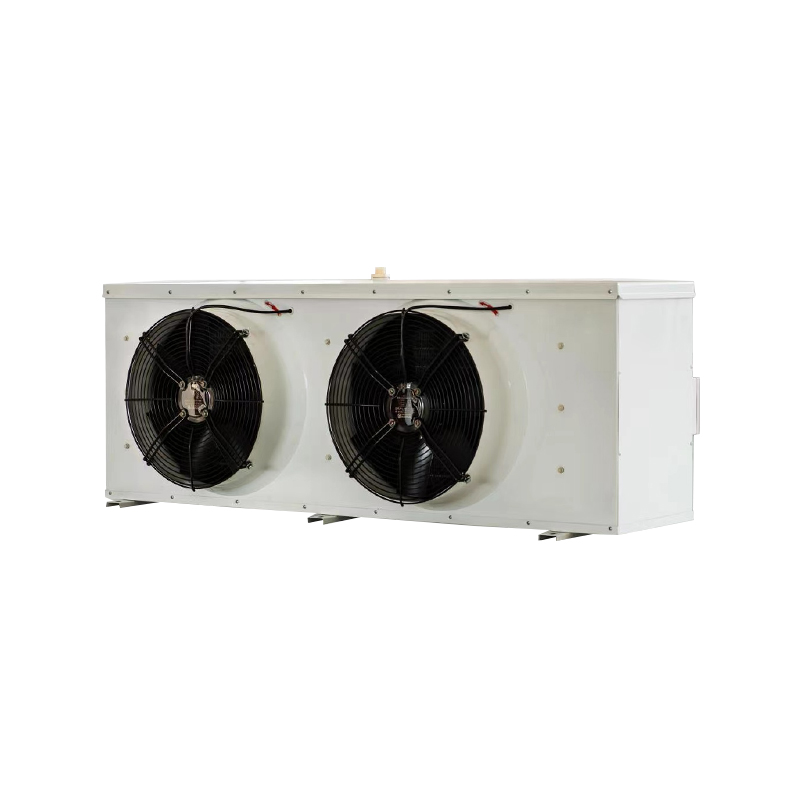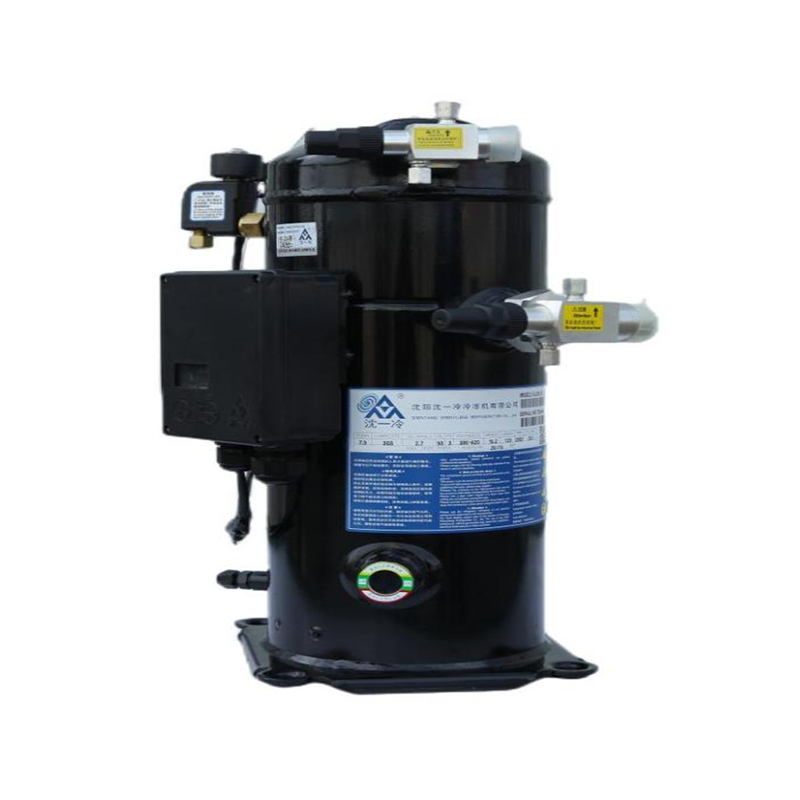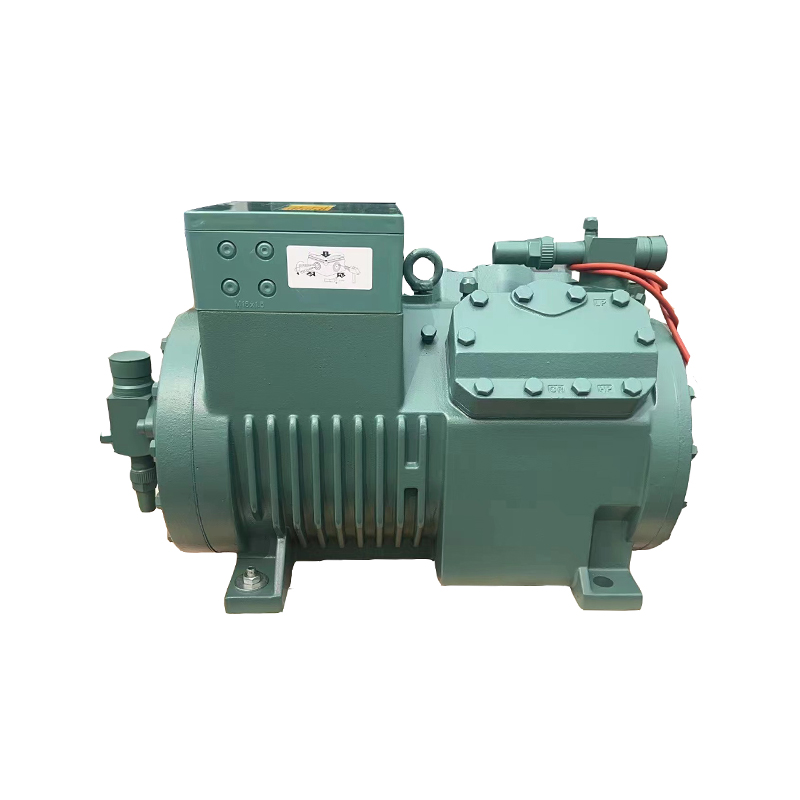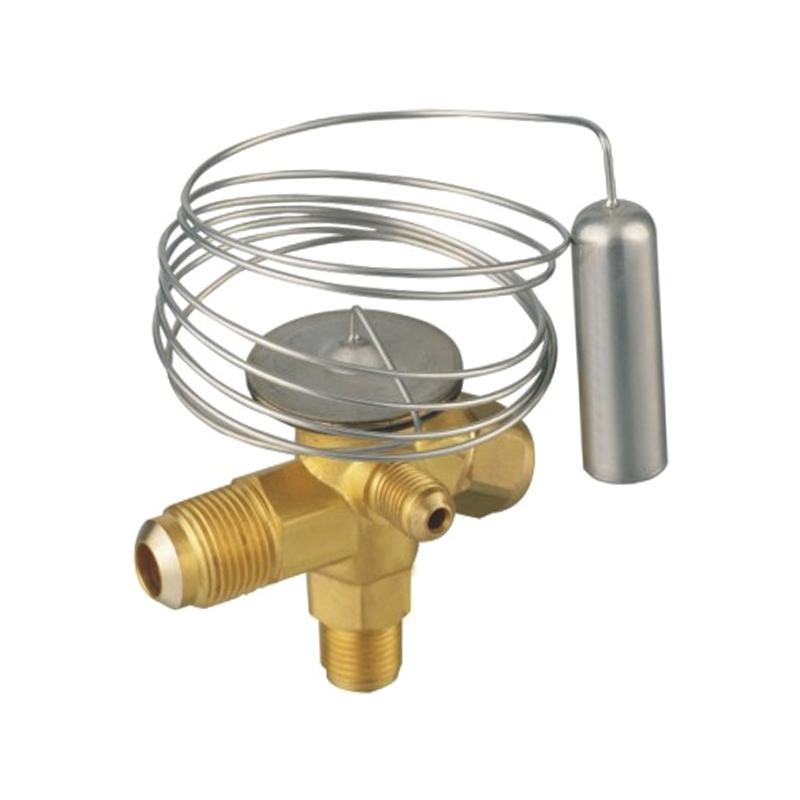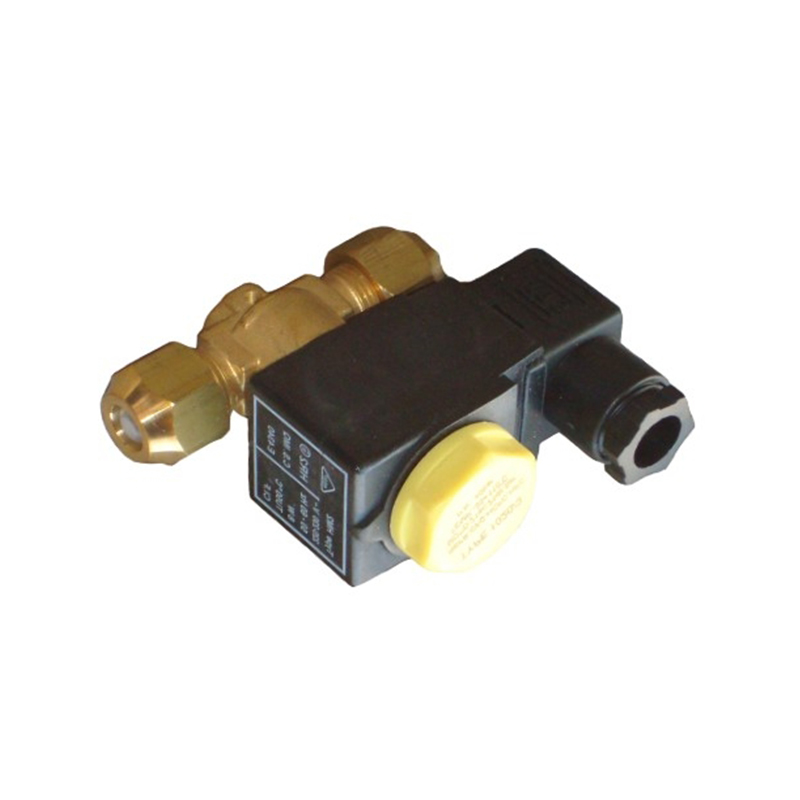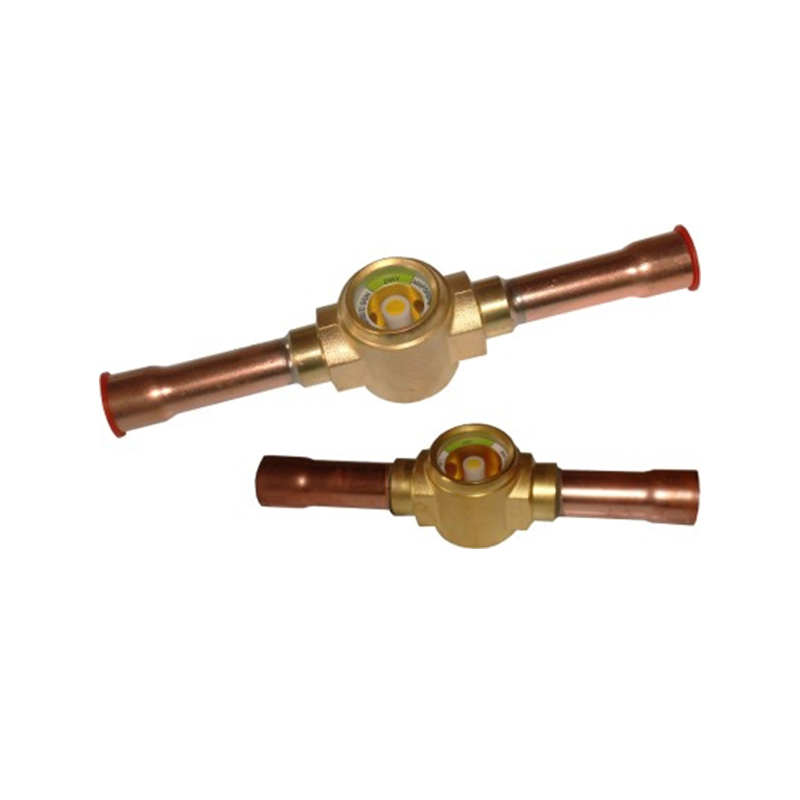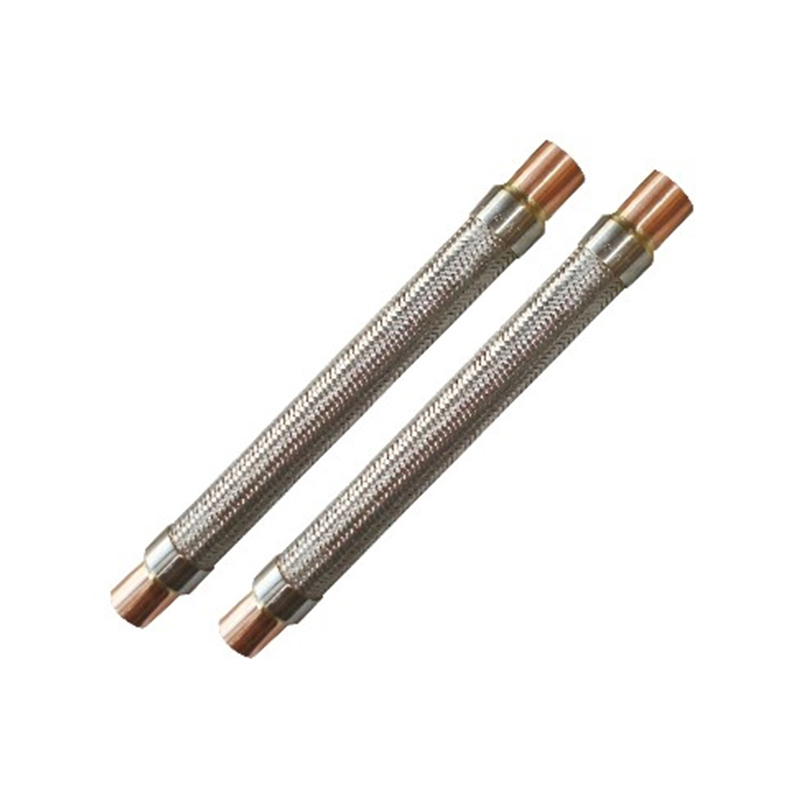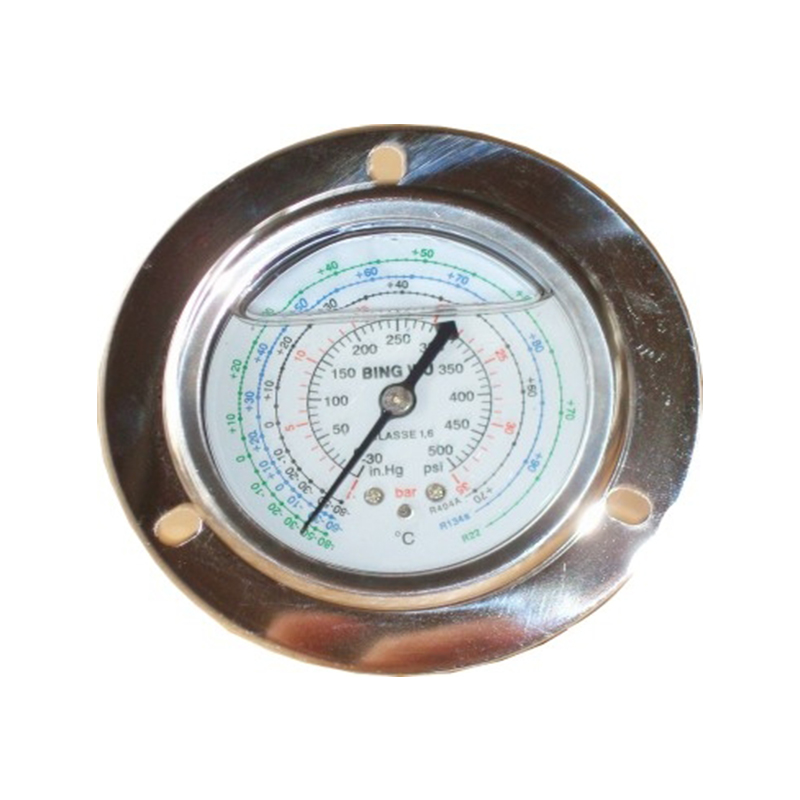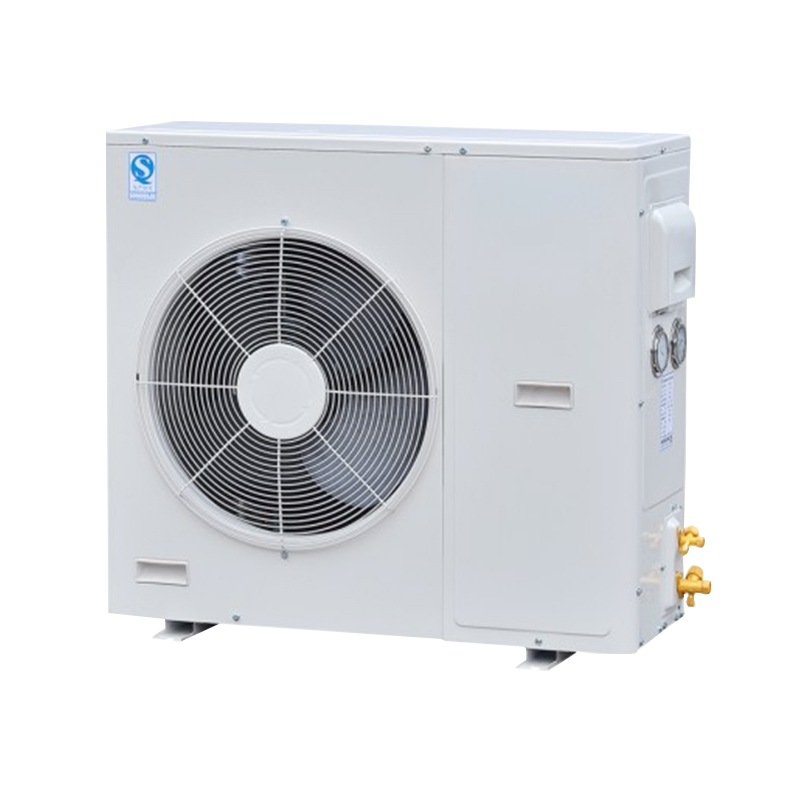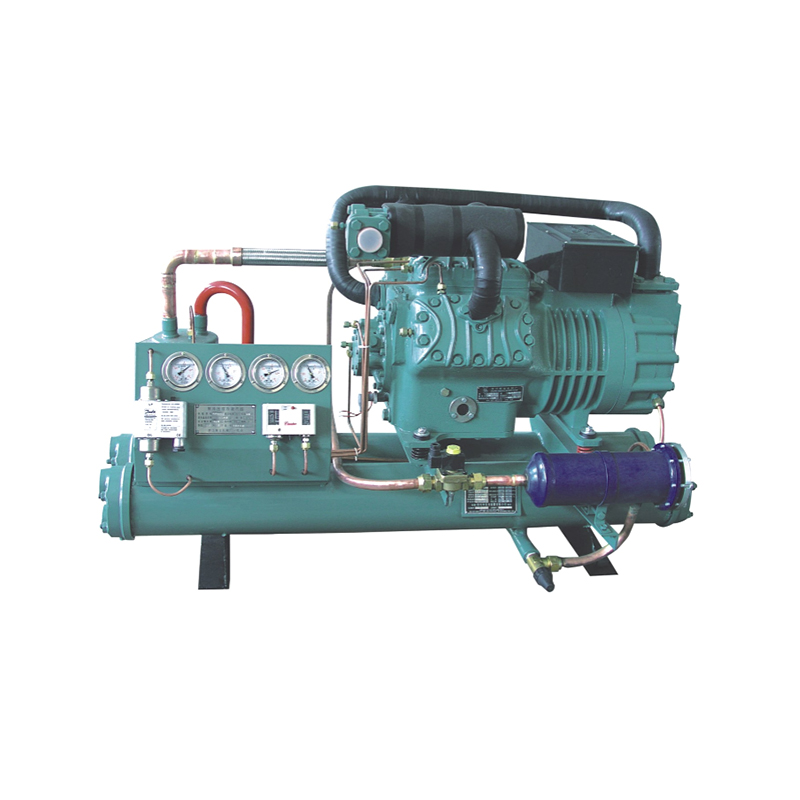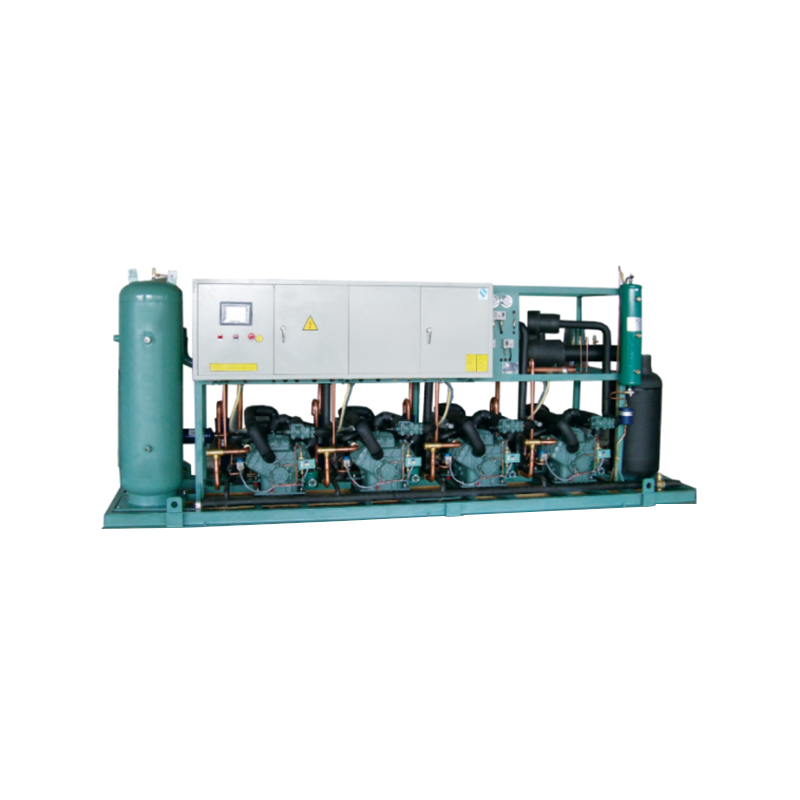The shape design of the fins inside the V-type air-cooled condenser is not only related to the overall performance of the equipment, but also the key to improving the heat exchange efficiency. The following will explore in depth how the shape of the fins inside the V-type air-cooled condenser cleverly affects the heat exchange efficiency between air and refrigerant.
1. Fin shape: transformation from ordinary to extraordinary
In the V-type air-cooled condenser, the fins are not simple metal sheets, but carefully designed and optimized heat exchange media. Traditionally, fins are mostly straight or simple corrugated shapes. Although these designs can increase the heat exchange area to a certain extent, they still need to be improved in promoting air disturbance and mixing. The fins in modern V-type air-cooled condensers adopt more complex and varied shape designs, such as wavy, serrated, porous, etc. These innovative shapes not only significantly increase the contact area between the fins and the air, but more importantly, they effectively promote air disturbance and mixing by changing the air flow path and velocity distribution. When air flows through these special shaped fins, complex flow phenomena such as vortices and swirls will be generated, which make the heat exchange between air and refrigerant more sufficient and efficient.
2. The scientific principle behind the shape innovation
The innovation of fin shape does not come out of thin air, but is based on in-depth research and experimental verification in disciplines such as fluid mechanics and heat transfer. Scientists and engineers have comprehensively evaluated the heat transfer performance of fins of different shapes through numerical simulation, wind tunnel experiments and other means. They found that when the fin shape can guide the air to form more vortices and swirls, the heat exchange area between the air and the refrigerant will increase significantly, and the heat transfer coefficient will also be improved. The innovation of fin shape also takes into account the uniformity and resistance of air flow. When the air flow rate is high, traditional straight fins are prone to local flow rates that are too fast or too slow, resulting in a decrease in heat transfer efficiency. The innovative shape of the fin can make the air flow rate distribution more uniform by changing the air flow path, reducing resistance losses, and thus improving the overall heat transfer efficiency.
3. Double Leap in Performance and Efficiency
After the V-type air-cooled condenser adopts the innovative shape of fins, its heat transfer efficiency has been significantly improved. Taking a certain type of V-shaped air-cooled condenser as an example, after replacing it with wavy fins, its heat exchange efficiency has increased by about 20% compared to traditional straight fins. This improvement not only means that the equipment can complete the refrigerant condensation process in a shorter time, but also reduces energy consumption and operating costs. The application of innovative fin shapes also brings other advantages. For example, due to the improvement in heat exchange efficiency, the equipment can achieve the same cooling capacity output in a smaller volume, thereby saving installation space and material costs. In addition, the optimization of the fin shape also helps to reduce noise and vibration problems during equipment operation, and improves the reliability and service life of the equipment.
